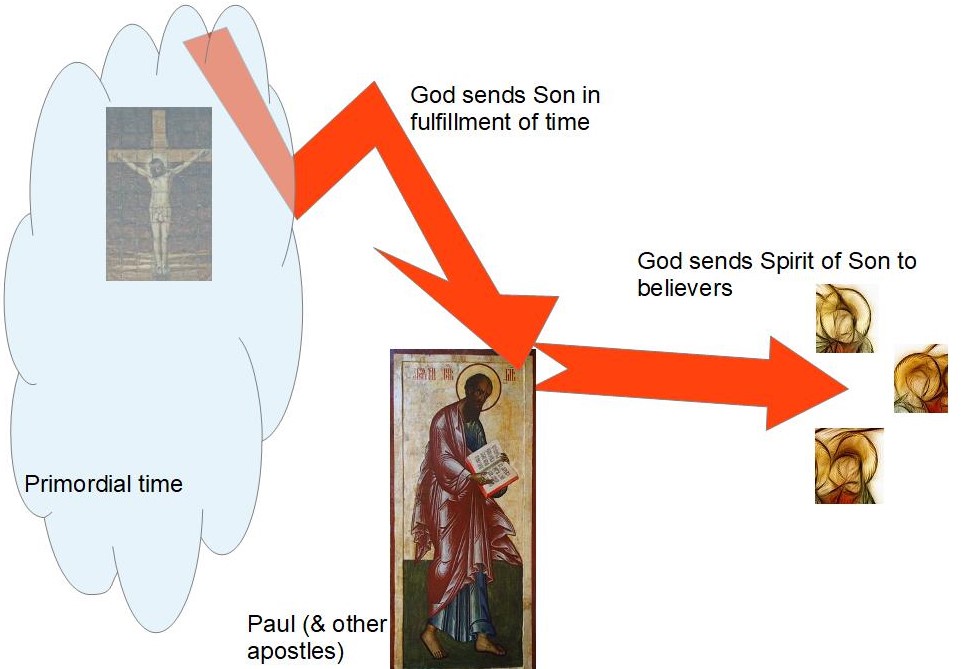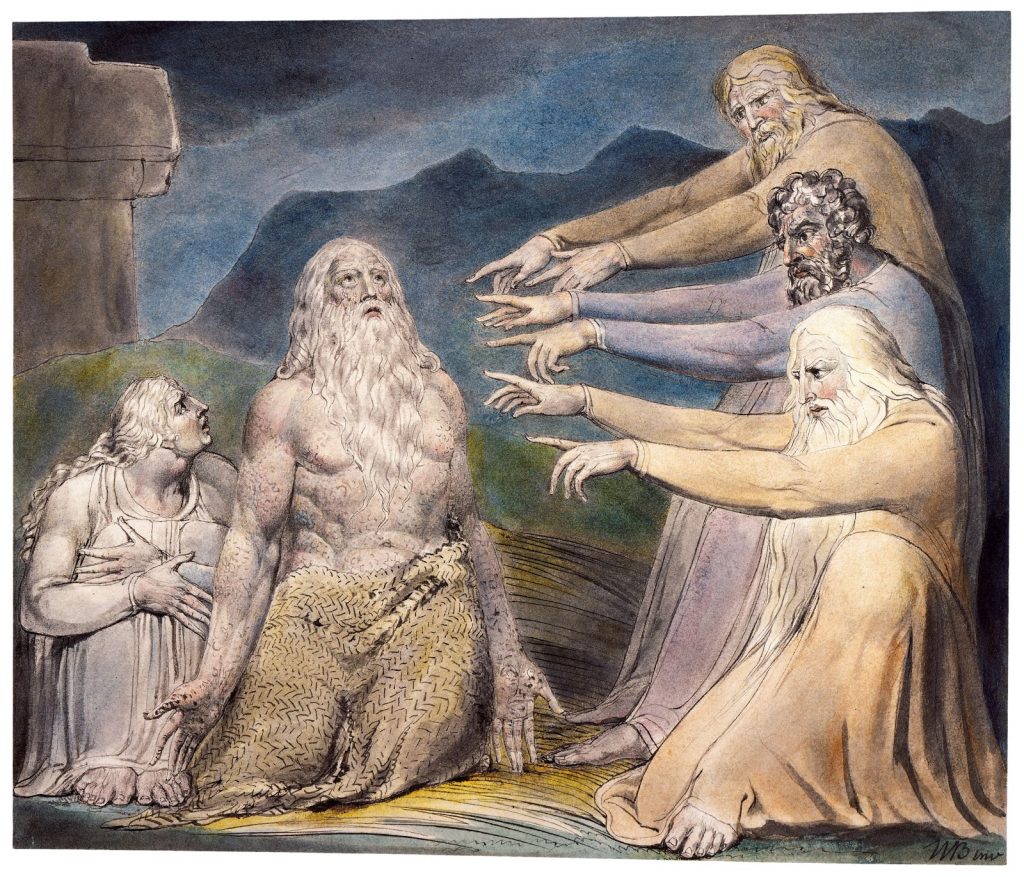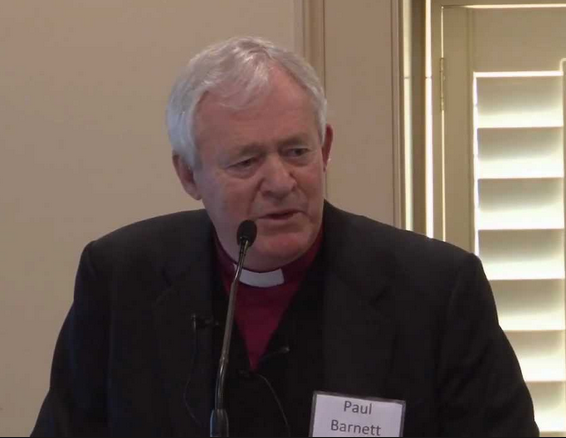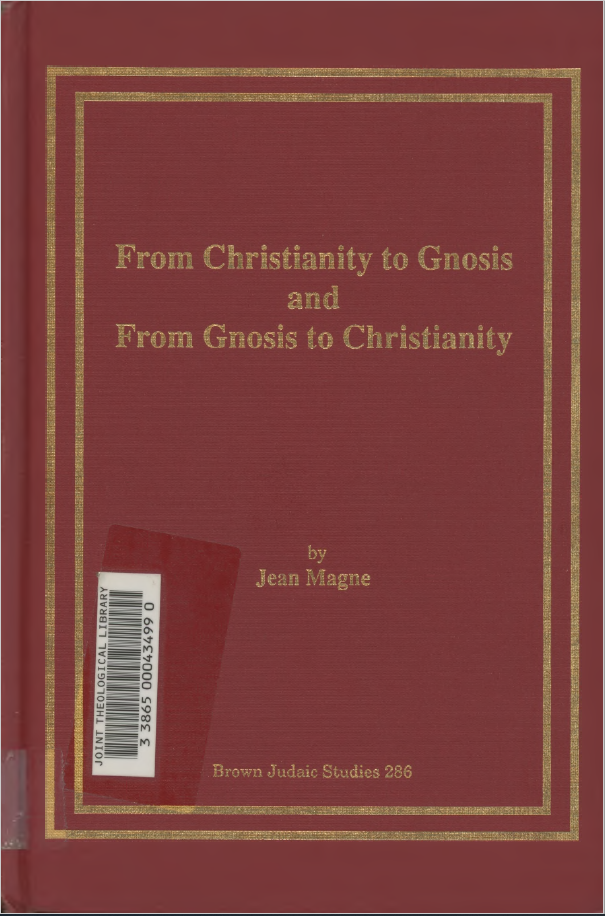This post is a response to a question in the comments section. The indented colour-coded section are Bart Ehrman’s claims; all links are to other Vridar posts where I have discussed topics more fully and presented evidence for the statements made here.
The earliest followers of Jesus were convinced that he was the messiah. How do we know? Because they called him this, repeatedly, constantly, all over the map. As I have explained, the word “messiah” comes from the Hebrew word for “anointed one.” In Greek, “messiah” gets translated as “christ.” So anyone who says Jesus Christ is saying Jesus the Messiah.
We have late gospel stories about Jesus being understood by a handful of followers as the messiah. The authors tell us nothing about their actual sources for any specific detail they narrate; nor do the authors explain why they change certain accounts of other authors writing about the same sorts of things. The stories are told as “tall tales” by our standards. Yes, other Greco-Roman historians also spoke of miracles but as a rule they did not present those miracles as “facts”, but in virtually all cases explained why they were repeating such unnatural events associated with historical figures and explained why readers should or should not believe the tales. A good number of New Testament scholars and Classicists have been able to identify the sources of many of the stories told about Jesus and they are adapted from other literary tales (not handed down via oral tradition).
And what we have are stories written near the end of the first century or early second about a Jesus called Christ. We have no independent corroborating evidence to give us grounds for thinking that the stories are true.
“Christ” was early and universally (by Christians) applied to Jesus. They called him the messiah so much that it became Jesus’ second name. You find this already in the writings of the New Testament – in fact, in our earliest author, Paul, who refers to him as Jesus Christ, Christ Jesus, or just Christ, as a name. For Christians, Jesus was the messiah.
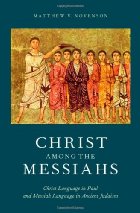 It is old scholarship that still claims Christ was used as a second name for Jesus among the earliest Christians. But that detail aside, yes, of course our earliest sources call Jesus the Christ. It is begging the question to say “you find this already in the writings of the NT” because we have no evidence for anyone calling Jesus the Christ before any of the NT writings.
It is old scholarship that still claims Christ was used as a second name for Jesus among the earliest Christians. But that detail aside, yes, of course our earliest sources call Jesus the Christ. It is begging the question to say “you find this already in the writings of the NT” because we have no evidence for anyone calling Jesus the Christ before any of the NT writings.
This claims is what made the Christian message both laughable and infuriating for non-Christian Jews. Most Jews knew full well that Jesus could not be the messiah. Jesus was just the opposite of what the messiah was supposed to be. The messiah was supposed to be the powerful ruler (earthly or heavenly) who destroyed God’s enemies and set up a kingdom on earth. Was that who Jesus was? Is that what Jesus did?
Again, Ehrman’s claims here are based on a conventional view of old scholarship, of undergraduate scholarship at that. There was no single view that the messiah had to be a conquering king in this world. I have attempted to present in many posts the evidence that Jews were not united in their belief of any particular kind of messiah. One of the foremost Jewish historians today, Daniel Boyarim, argues that the raw material for the Christian messiah — the idea that the messiah was to die and be resurrected — was one of the extant pre-Christian Jewish ideas. I have posted further evidence that plausibly points to the same view not so long ago. The Second Temple Psalm of Solomon is sometimes used as evidence of the Jewish belief in a conquering messiah, but those who advance that psalm as evidence appear not to realize that that same psalm is drawn from the canonical Psalm 2 that presents the messiah as suffering rejection by the world.
The notion of Davidic messiah itself expresses the concept of a messiah who suffers, who is persecuted, yet who in the end is raised by God over his enemies. That’s the gospel Jesus, too. That’s the messiah of the psalms.
Jesus was not at all “just the opposite” because the earliest Christian teaching is that Jesus conquered a kingdom far more powerful than the human one and that he now sits beside God in heaven, continuing to scatter the powers of demons, and advancing his kingdom. I think Ehrman did not mean to say what he actually said in the above quote where he appears to admit that among Jews it was believed that the messiah was to be a powerful ruler earthly or heavenly. Heavenly is just what he became as a messiah, and the conquering of the kingdom of demons who ruled this world was nothing to be sniffed at.
We have no evidence for the claim that all Jews believed that the messiah’s kingdom was going to be set up on earth. We have numerous indications of the contrary. The fact that Christianity emerged out of Judaism is one of the pieces of evidence itself.
Precisely the opposite. Jesus was an obscure and virtually unknown rural preacher who was arrested as a criminal, humiliated, and tortured to death by the Roman authorities. It’s no wonder that most Jews found the Christian claims ludicrous.
Continue reading “On Bart Ehrman’s Claim Jews “Would Not Make Up” a Crucified Messiah”


